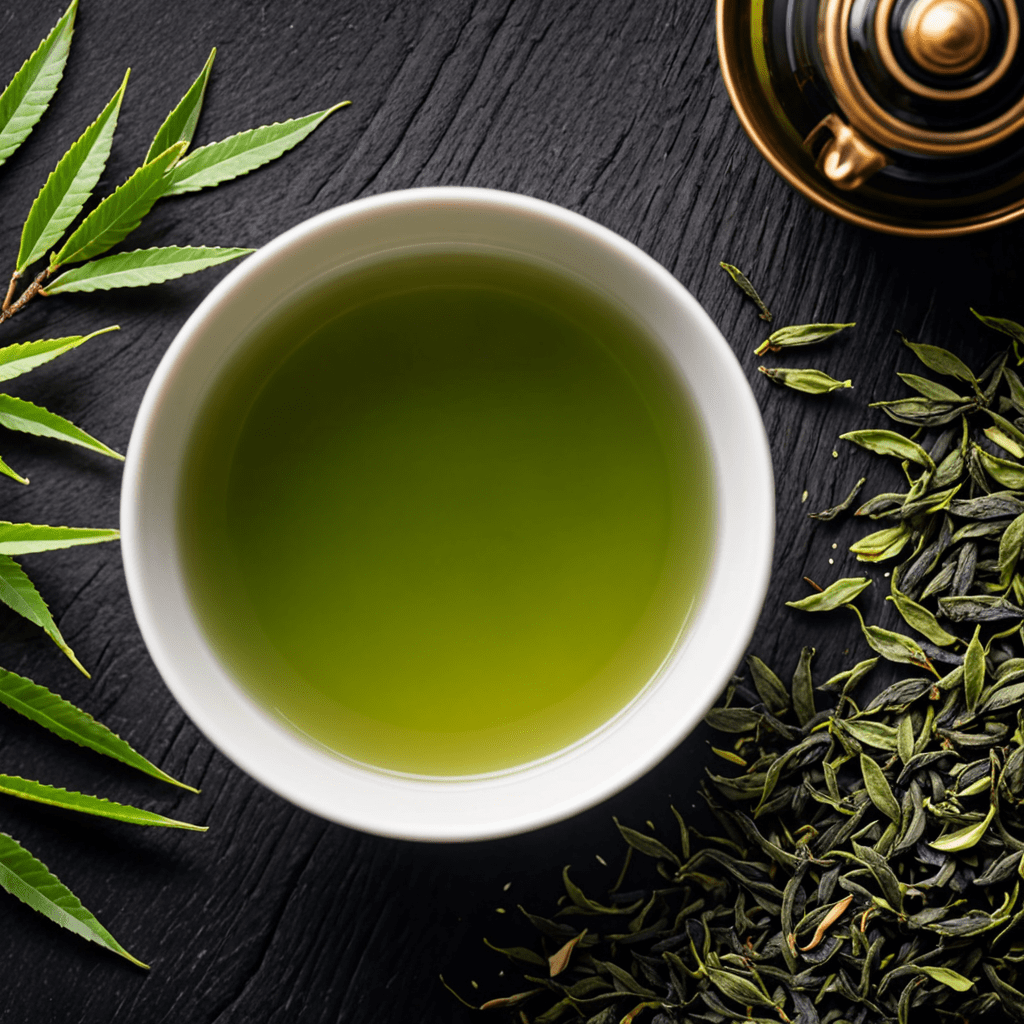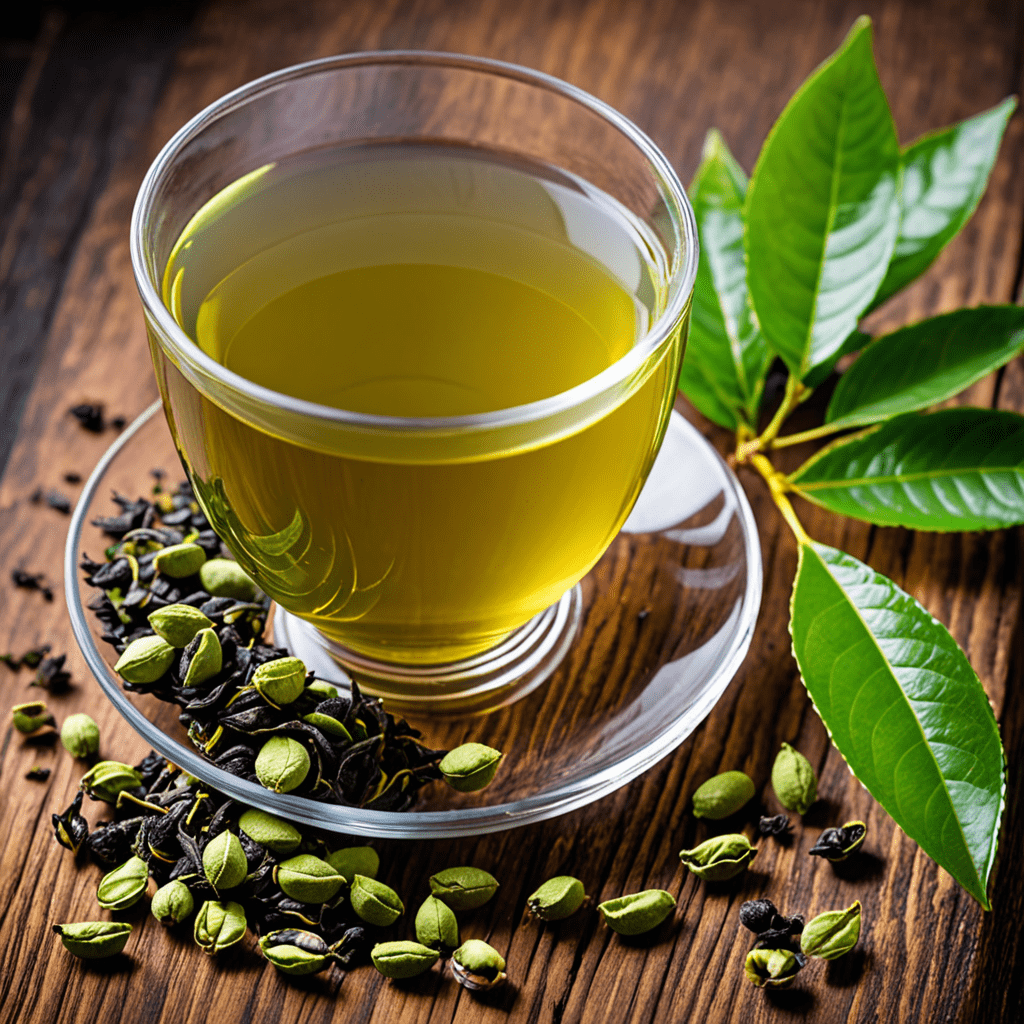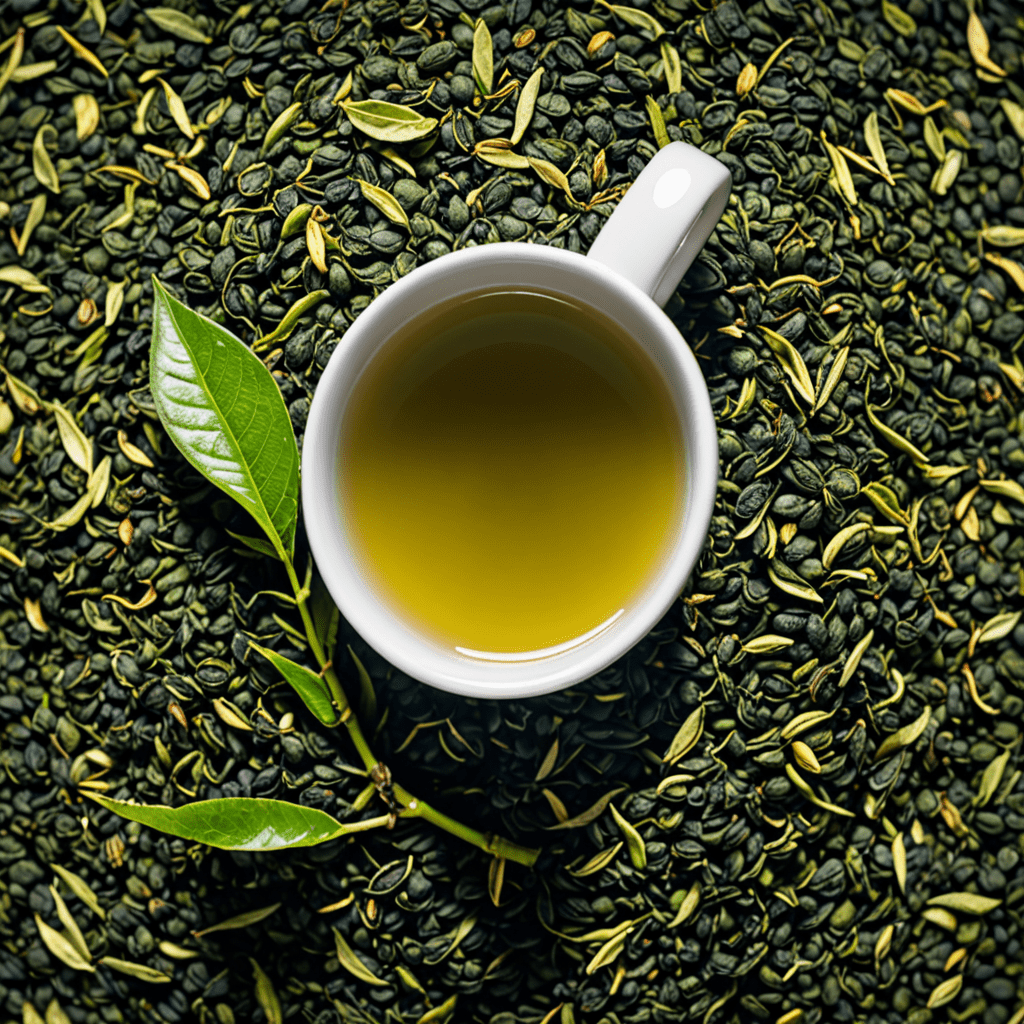
Uncover the Art of Brewing Authentic Japanese Green Tea
When it comes to tea, Japanese green tea stands out for its unique flavor and health benefits. Whether you’re a tea connoisseur or new to the world of Japanese tea, learning how to brew it properly will enhance your tea-drinking experience. In this guide, we will walk you through the steps of brewing authentic Japanese green tea to perfection.
Choosing the Right Tea Leaves
The quality of your tea leaves plays a significant role in the flavor and aroma of your brewed tea. To ensure an authentic Japanese tea experience, opt for tea leaves labeled as “Sencha” or “Matcha.” Sencha is a classic Japanese green tea, while Matcha is a powdered green tea used in traditional tea ceremonies. Look for high-quality tea leaves from reputable tea producers.
Preparing the Water
Water temperature is crucial when brewing Japanese green tea. Unlike other teas, which often require boiling water, Japanese green tea is delicate and requires a lower temperature. Heat the water to around 75-80°C (167-176°F) to preserve the tea’s delicate flavors. Boiling water can scorch the leaves and result in a bitter taste.
Measuring the Tea Leaves
The ideal tea-to-water ratio for brewing Japanese green tea is one teaspoon of tea leaves per cup of water. However, feel free to adjust the amount according to your personal preference. If you prefer a stronger flavor, increase the amount of tea leaves, or reduce it for a milder taste.
Brewing Time
To achieve the best flavor, it’s essential to understand the optimal brewing time for Japanese green tea. The general rule of thumb is to steep the tea for 1-2 minutes. However, you can adjust the brewing time based on the desired strength. Keep in mind that steeping the tea for too long can result in a bitter taste, so be mindful of the timing.
The Art of Pouring
Pouring your brewed tea is an art in itself. Japanese green tea is traditionally poured in three stages known as “San-Sen-Bei.” Start by pouring a small amount into each cup, then go back and pour a little more in the second round, and finally fill the cups with a third pour. This method ensures an even distribution of flavors and aroma.
FAQ
Q: Can I reuse the tea leaves to make multiple cups of tea?
A: Japanese green tea leaves are typically good for multiple infusions. The flavor may vary with each infusion, but you can enjoy several cups of tea using the same leaves. Increase the steeping time slightly with each infusion to extract the maximum flavor.
Q: Are there any health benefits associated with drinking Japanese green tea?
A: Yes, Japanese green tea is known for its numerous health benefits. It is rich in antioxidants, promotes metabolism, supports weight loss, helps reduce the risk of heart disease, and boosts overall well-being. However, please note that individual results may vary, and it’s always best to consult with a healthcare professional for personalized advice.
Q: Can I sweeten Japanese green tea?
A: Traditional Japanese green tea is typically enjoyed without any sweeteners. However, if you prefer a sweeter taste, you can add a small amount of honey or sugar to enhance the flavor. Experiment with different amounts to find your preferred level of sweetness.
Q: Can Japanese green tea be enjoyed chilled?
A: Absolutely! Chilled Japanese green tea, known as “Mizudashi,” is a popular summer beverage in Japan. To prepare cold green tea, simply brew it using room temperature or cold water and serve over ice. It’s a refreshing and delightful way to enjoy Japanese green tea during hot weather.
Q: Are there any specific teaware requirements for brewing Japanese green tea?
A: While there are traditional teaware options for Japanese green tea, such as the kyusu (teapot) and chawan (tea bowl), they are not essential. You can use any teapot or teacup of your preference. The key is to ensure that the teaware is well-cleaned and doesn’t have any residual flavors that can affect the taste of the tea.
Q: What are the different types of Japanese green tea available?
A: In addition to Sencha and Matcha, there are various types of Japanese green tea available. Some popular varieties include Gyokuro, a high-grade tea with a sweet, mellow flavor, and Hojicha, a roasted green tea with a rich, nutty taste. Each type offers a unique flavor profile, allowing you to explore and discover your personal favorites.
In conclusion, brewing authentic Japanese green tea is an art that requires attention to detail and precise techniques. By selecting high-quality tea leaves, using the right water temperature, and mastering the art of pouring, you can savor the unique flavors and health benefits of Japanese green tea. Experiment with different brewing times and tea varieties to find your perfect cup, and embrace the tranquility that comes with this ancient tea tradition.


